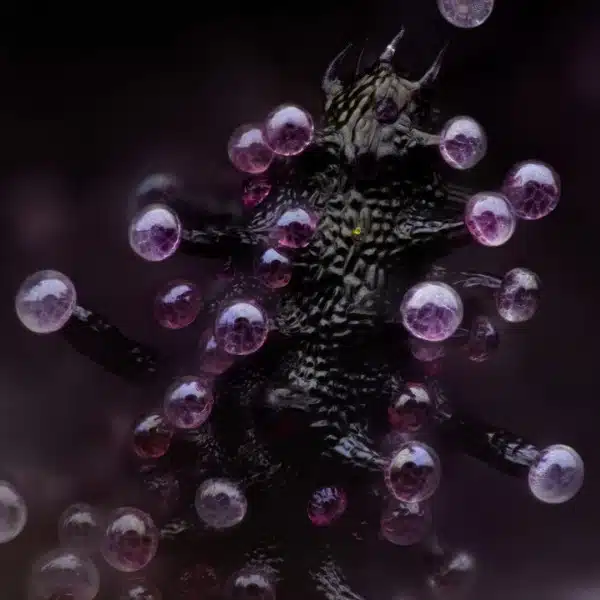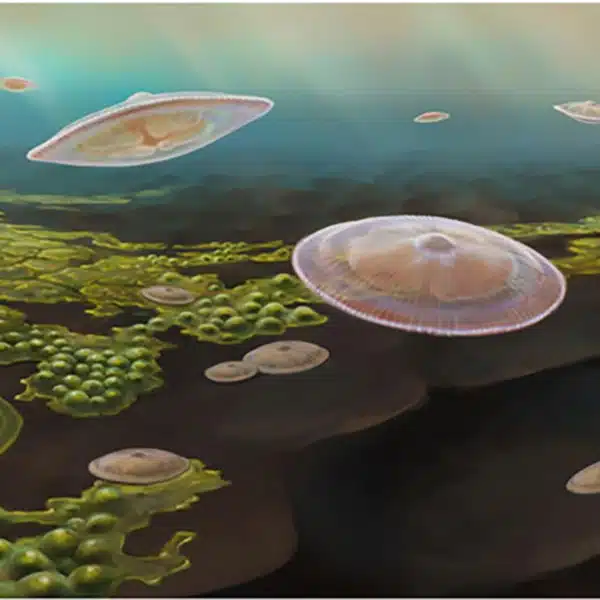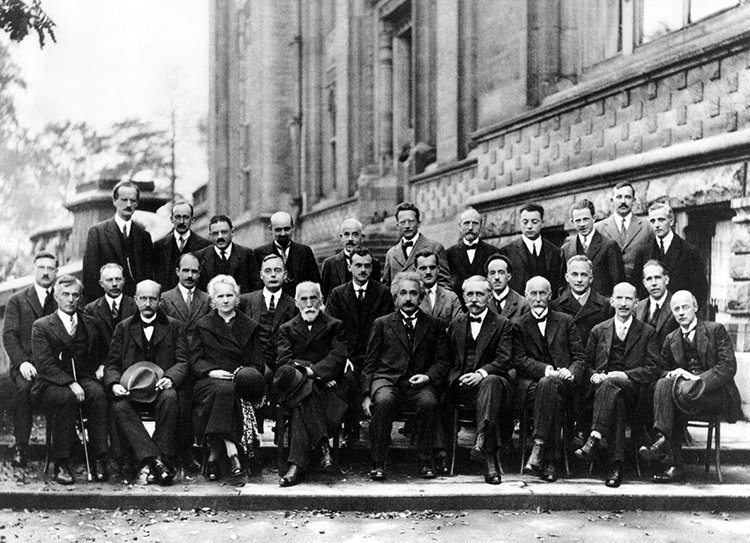
The Fifth Solvay Conference on Quantum Mechanics in 1927, Brussels. Photo by Benjamin Couprie. From back row to front, reading left to right: Auguste Piccard, Émile Henriot, Paul Ehrenfest, Édouard Herzen, Théophile de Donder, Erwin Schrödinger, Jules-Émile Verschaffelt, Wolfgang Pauli, Werner Heisenberg, Ralph Howard Fowler, Léon Brillouin, Peter Debye, Martin Knudsen, William Lawrence Bragg, Hendrik Anthony Kramers, Paul Dirac, Arthur Compton, Louis de Broglie, Max Born, Niels Bohr, Irving Langmuir, Max Planck, Marie Skłodowska Curie, Hendrik Lorentz, Albert Einstein, Paul Langevin, Charles-Eugène Guye, Charles Thomson Rees Wilson, Owen Willans Richardson. (Photo: Wikimedia Commons [Public domain])
How many geniuses can one room hold? In 1927, 29 of the world's most brilliant minds gathered in Brussels for the Fifth Solvay Conference. Convened by Belgian chemist and industrialist Ernest Solvay, the theme of the conference that year was “Electrons and Photons”—topics of contention in the newly developed theories of quantum mechanics. Among the group were Nobel laureates and professors holding esteemed university chairs, including legendary names such as Marie Curie, Albert Einstein, Niels Bohr, and Erwin Schrödinger. Together, the attendees gathered for what has been called “the most intelligent photo” of all time—a simple snapshot taken at one of the most exciting moments in scientific history.
View this post on Instagram
While the fifth Solvay Conference is the most well known, this prestigious intellectual gathering was first held in 1911 with the theme of “Radiation and the Quanta.” A young Albert Einstein was in attendance, as was Max Planck, who discovered the energy quanta being discussed. Mathematician and physicist Henri Poincaré was also present—known as “the last universalist” for being a leader across multiple disciplines before academic specialization began to make that impossible.
The only woman in attendance in 1911 was Marie Curie, the legendary researcher of radioactivity. Curie was already exceptionally accomplished, having won her first Nobel Prize in Physics (shared with her husband and a colleague) in 1903—the first time the Prize was awarded to a woman. In 1911—the year of the first Solvay Conference—Curie won her second Nobel Prize, this time on her own and in Chemistry. She was the first person to win the prize twice, and she remains the only person to ever receive a prize in two scientific disciplines.
Despite Madame Curies' accomplishments, women were incredibly rare in STEM in the early 20th century. As a result, even in 1927, Curie was once more the only woman at the Fifth Solvay Conference. Einstein and Planck returned. They were joined by Niels Bohr, Werner Heisenberg, Max Born, and Erwin Schrödinger—all of whom were pioneers of the new quantum mechanics which drew upon Planck's quanta and other discoveries of how the universe functions on an atomic level.
Of the 29 scientists at the conference, 17 would win Nobel prizes in their lifetime. Virtually all would hold university chairs teaching the new theories which were changing the world from one Newton could explain to an entirely new realm of energy, wave-particle duality, and uncertainty. Captured on one day in October, the Salvoy Conference photo shows 29 of the greatest minds of the 20th century taking a brief break from the long process of defining the universe.
In 1927, 29 of the most brilliant scientists in the world were photographed as they gathered to discuss emerging theories of quantum mechanics at the Fifth Solvay Conference in Brussels.
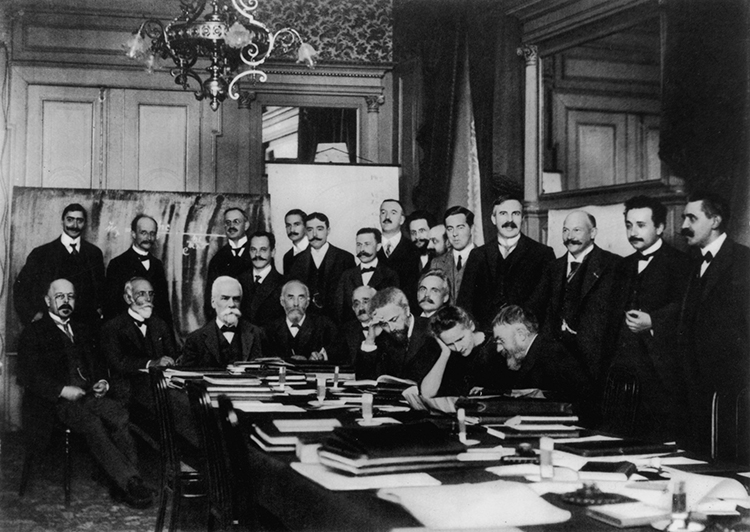
First Solvay Conference in 1911, Brussels. Photo by Benjamin Couprie. Seated (left to right): Walther Nernst, Marcel Brillouin, Ernest Solvay, Hendrik Lorentz, Emil Warburg, Jean Baptiste Perrin, Wilhelm Wien, Marie Skłodowska-Curie, and Henri Poincaré.
Standing (left to right): Robert Goldschmidt, Max Planck, Heinrich Rubens, Arnold Sommerfeld, Frederick Lindemann, Maurice de Broglie, Martin Knudsen, Friedrich Hasenöhrl, Georges Hostelet, Edouard Herzen, James Hopwood Jeans, Ernest Rutherford, Heike Kamerlingh Onnes, Albert Einstein, and Paul Langevin. (Photo: Wikimedia Commons [Public domain])
At the first Solvay Conference in 1911, the discovery of quanta (a basis for the later quantum theories) were discussed by the likes of Albert Einstein, Max Planck, and Henri Poincaré.

Neils Bohr, winner of the Nobel Prize in Physics in 1922 for his work on atoms and their radiation. He developed the Bohr model to describe electrons, their charges, and how they move between orbits. (Photo: Wikimedia Commons [Public domain])
Marie Curie was the only woman to attend either the 1911 and 1927 conference. She was one of the most distinguished scientists in attendance with two Noble Prizes. To this day, she is the only person to accomplish this.
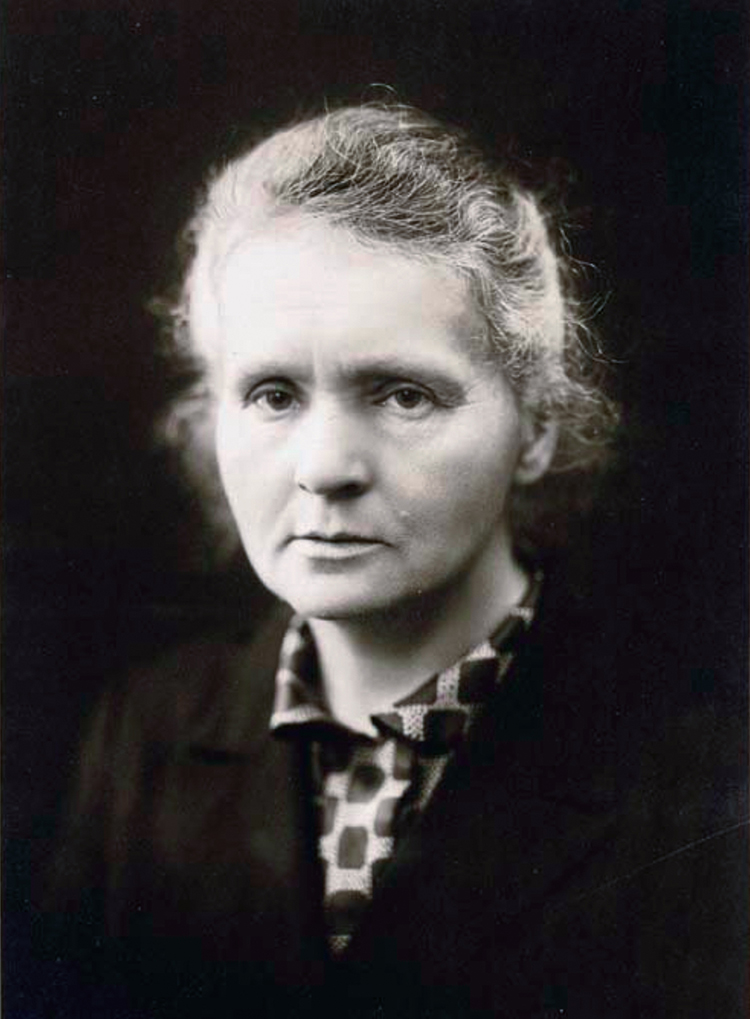
Marie Curie, two-time Nobel Laureate in Physics and Chemistry respectively. Curie was the first female professor at the University of Paris. Photo by Henri manuel circa 1920. (Photo: Wikimedi Commons [Public domain])
Related Articles:
Viral Video of Physics Professor Shows the Lengths He Goes to to Make Science Fun
Science Experiment Shows How 25,000 Random Dice Neatly Assemble into Perfect Circles
Scientists on Twitter Are Sharing the Most Interesting Facts They’ve Learned













































































